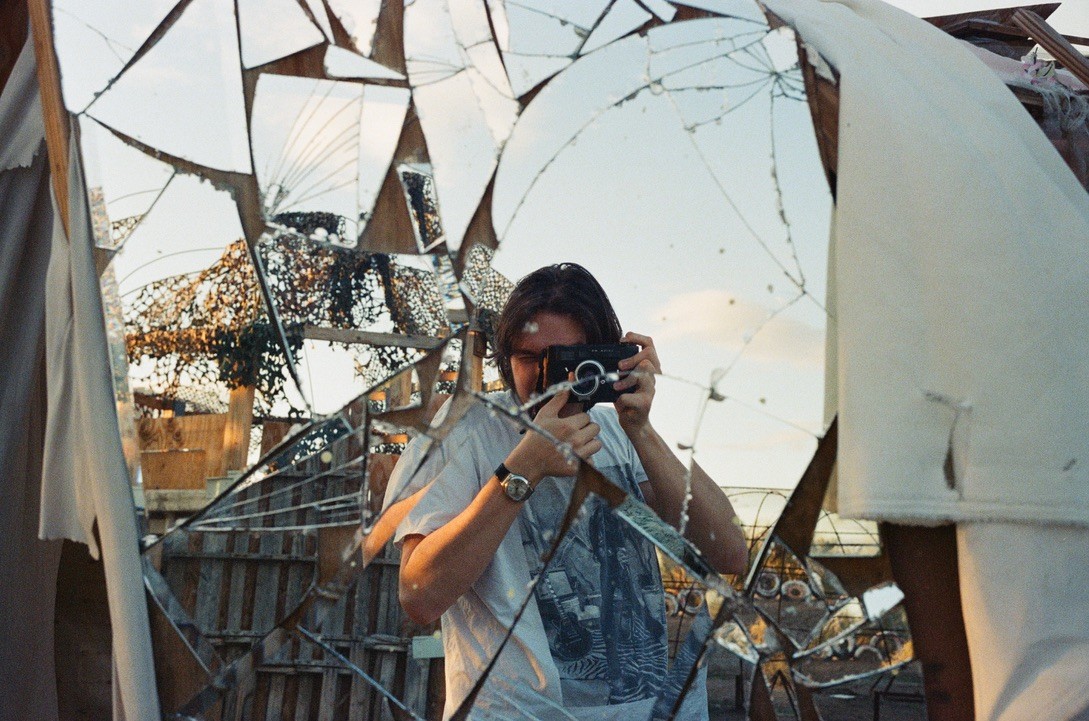We were lucky to catch up with Miles Bitton recently and have shared our conversation below.
Miles, thanks for joining us, excited to have you contributing your stories and insights. Let’s start with what makes profitability in your industry a challenge – what would you say is the biggest challenge?
The industry of photography is more saturated than ever before. This is the biggest challenge to profitability. There are photographers everywhere you look. Everyone has a right to practice the craft. It is a valuable tool in the preservation of history and one of the more easily accessible acts of artistic expression. From a business standpoint, however, this over-saturation makes the industry far less lucrative. Art is not competitive, but business is. And the search for photographic work sees plenty of competition. There is always a demand for photographers, but work that pays well, or is artistically fulfilling, can be scarce. There’s no real solution, and there is an aspect of this that is thrilling. It’s a grueling industry, but finding a way to sustain within it is a great reassurance that your work is impactful; that other people see the merit in it. They could easily hire a hundred other photographers instead of you.
Selling prints is an additional profit source for photographers. It is less affected by the over-saturation of the industry. The struggle there is reaching an audience. It’s an elusive goal, one without a clear path. Persistent online and physical presence, in my experience, is the most effective way of finding your audience.
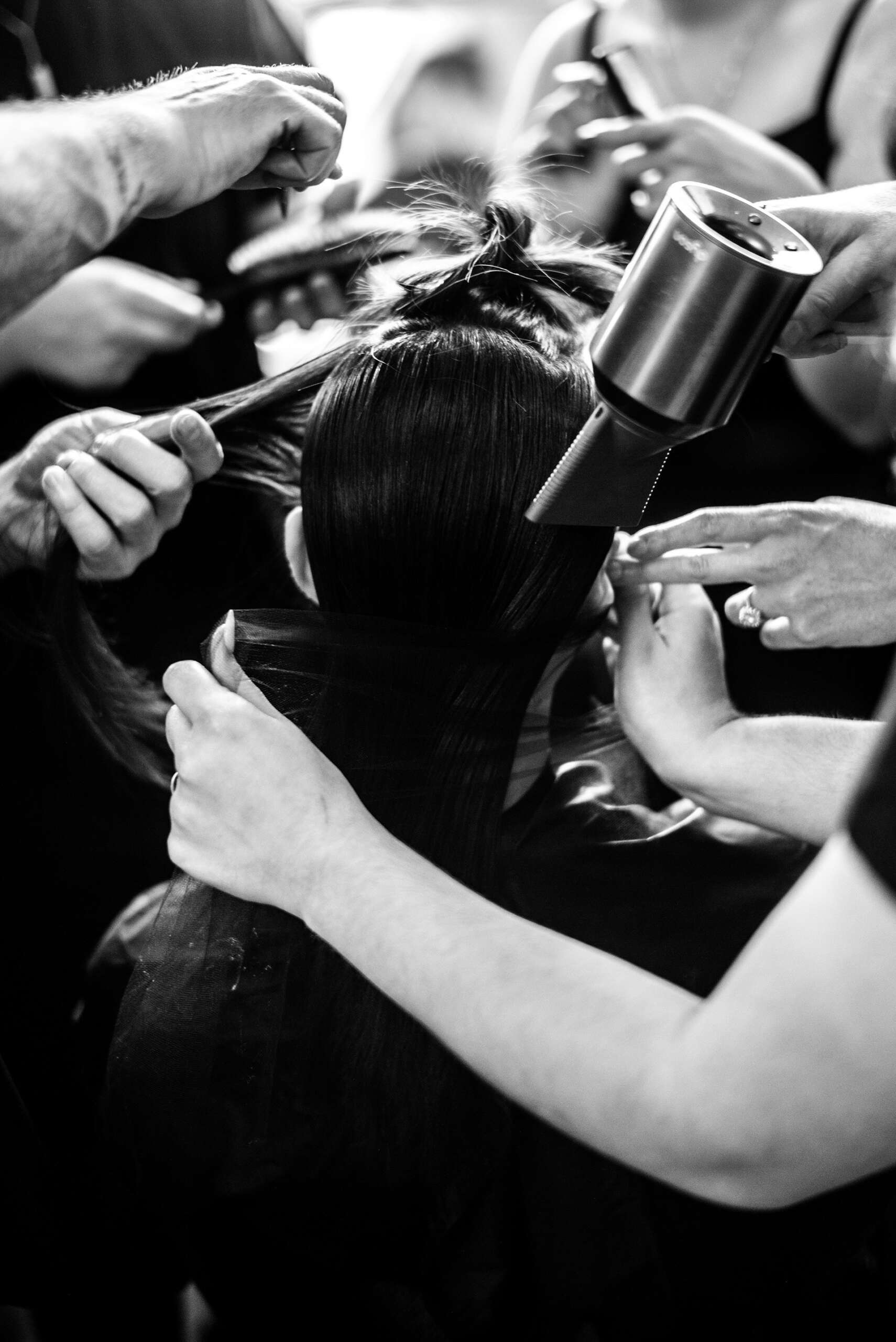
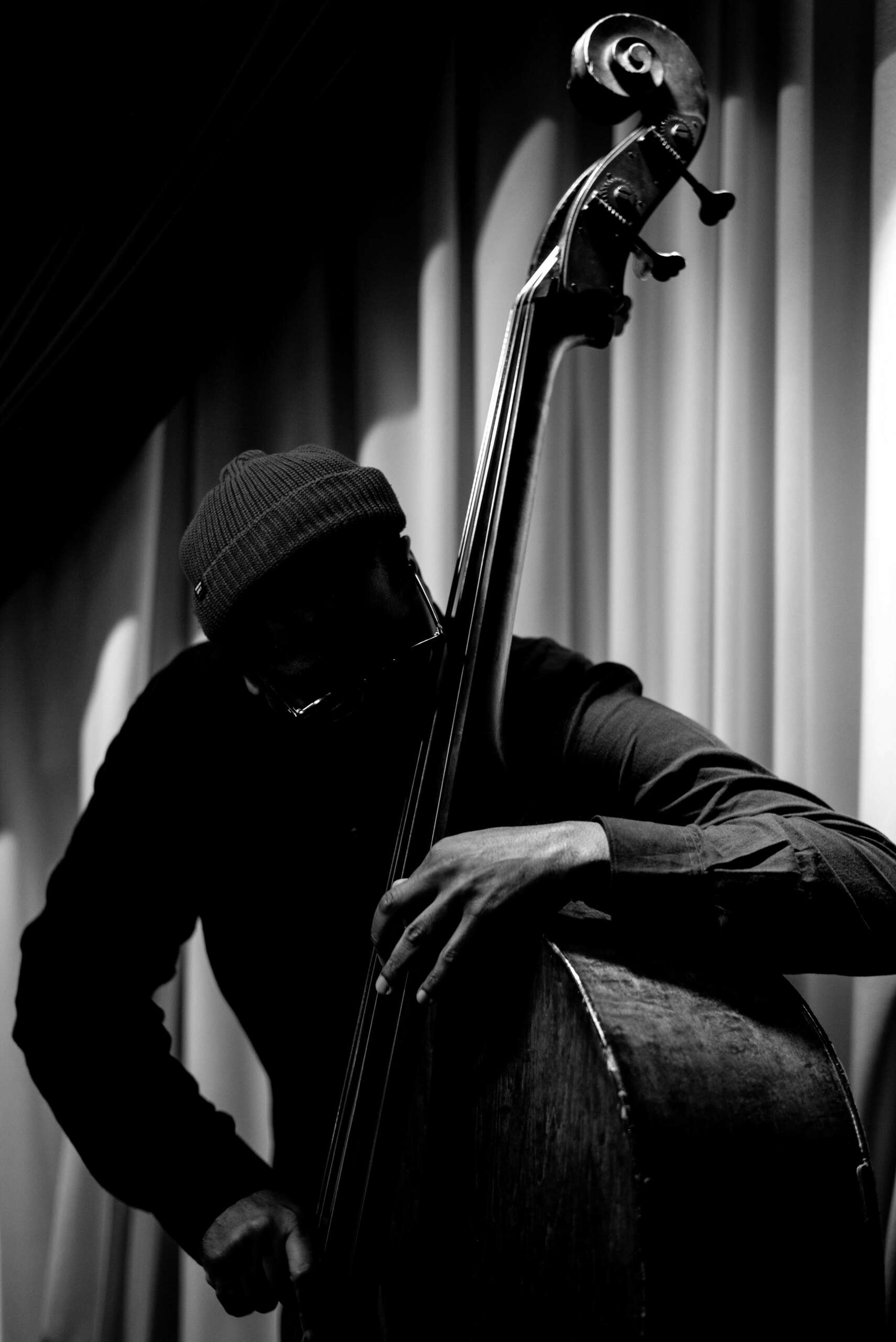
Awesome – so before we get into the rest of our questions, can you briefly introduce yourself to our readers.
Photography, for me, is a family business. My dad is a photographer and has been shooting professionally full-time since I was nine years old. I began assisting him consistently at thirteen years old. I learned how to change lenses and edit photos long before I ever used a camera myself. I primarily assisted him in shooting live shows — music and comedy. As I grew older, I began experimenting with whatever cameras I was holding for my dad. Whichever cameras he wasn’t using. By seventeen, I had my own camera and had begun shooting for fun. At eighteen, I received my first solo gig, shooting a party and performance in West Hollywood. From then on, I began taking on occasional photography work, on top of assisting, while I finished my senior year of high school.
I attended Bard College in upstate New York. The proximity to New York City allowed for many new work opportunities. In September of my freshman year, one of my mentors, Mark DePaola, brought me along with him to take photographs backstage at fashion shows during New York Fashion week. The environment was unfamiliar and exciting, and it exposed me to a whole new form of candid photography. In October of the same year, I started shooting Robert Glasper’s shows at the Blue Note Jazz Club in Greenwich Village. It was an extremely difficult room. It’s dark, and compact, and if you stop anywhere that has a good view, you’re blocking someone else’s view of the show. On top of all that, I was shooting with an entirely manual digital camera (Leica MP typ 240), using a range finder that I was just starting to get familiar with. It was the ultimate crash course. I learned to shoot live shows in the most inconvenient room, with the most inconvenient camera. Everything since has been a cakewalk.
I like to keep my horizons broad. I’ve worked most often in concert photography, but I’ve also worked in fashion, nature, street, art, sports, commercial, and event photography. I’m always looking for new endeavors that challenge my skill and creativity.
I’ve had photos published in the New York Times, LA times, Forbes, Billboard, Vogue Italia, and Flaunt, among others.
I sell prints of my photographs as well and have an online print shop.
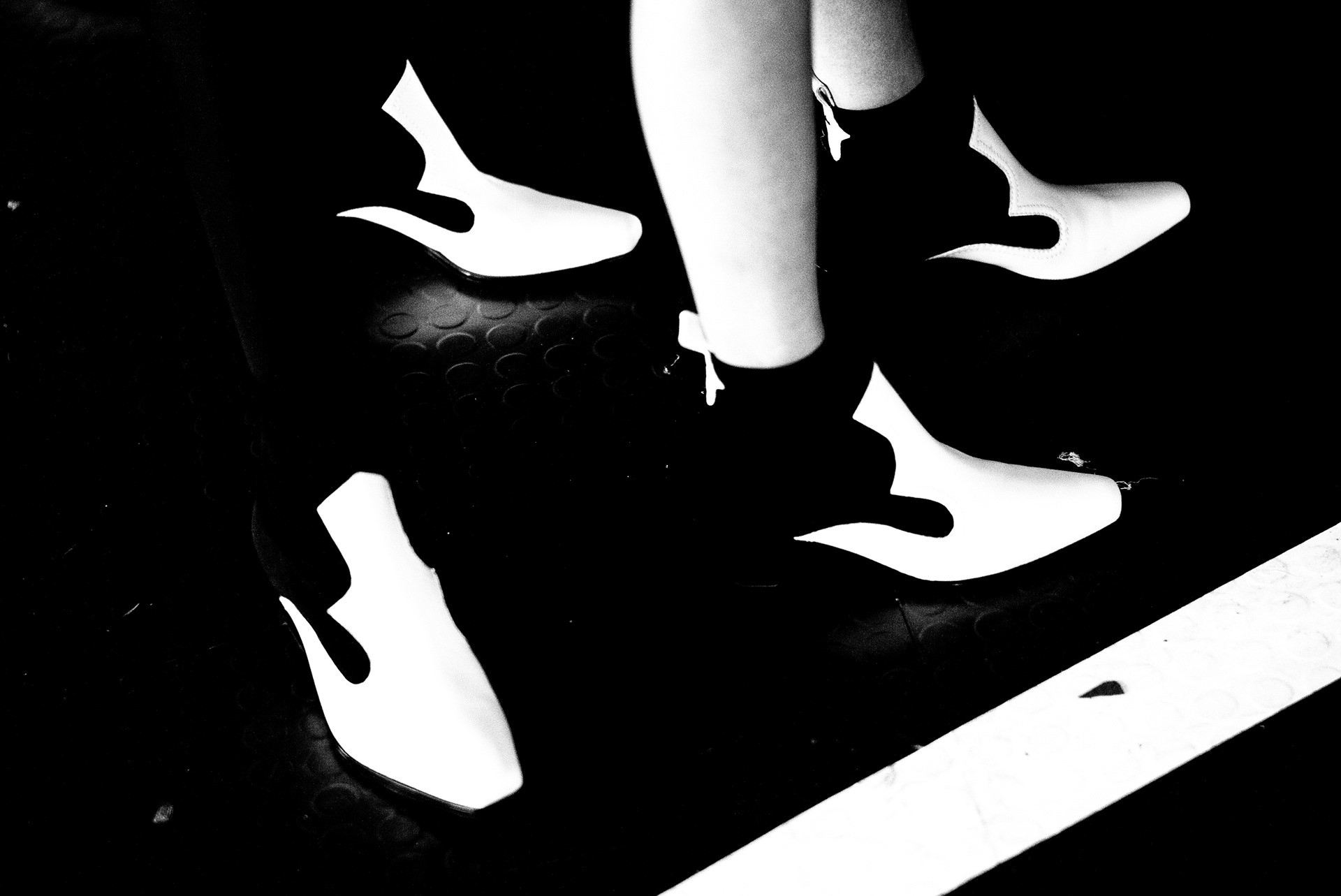

We often hear about learning lessons – but just as important is unlearning lessons. Have you ever had to unlearn a lesson?
I’m naturally a very anxious person, and I am very judgmental of my own work. As such, when I first began taking photos, I was hyper-critical of everything, and rarely ever satisfied with what I produced. I would beat myself up for missing certain moments or finding shots out of focus (I shoot mostly manual). I always felt that if my work was not perfect in every imaginable way, and produced exactly as I’d envisioned, not only would it be bad, but everyone else would know I’d under-delivered. As I gained more experience, I found such a mindset to be untenable in the long run. Through experience, I learned, and developed, a list the most important things to remind myself.: You’re doing what you do for a reason. If your work wasn’t good, you wouldn’t have been hired in the first place. Only you know what you missed, all everyone else knows is what you deliver. No one else will dwell on what you could have accomplished as much as you will. Although these feelings of insecurity may still manifest in one way or another, these reminders are a great tool for allowing them to pass much quicker.
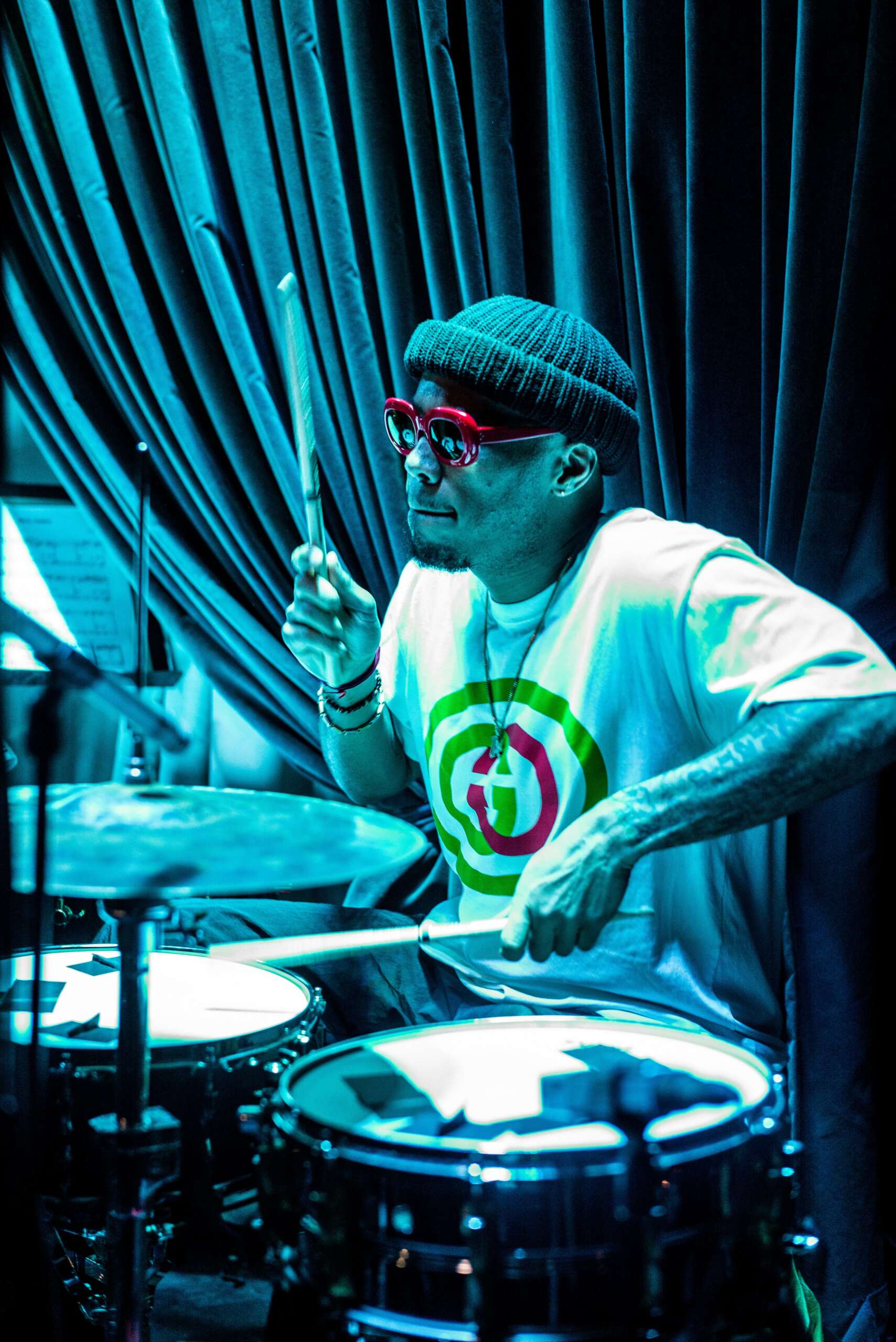
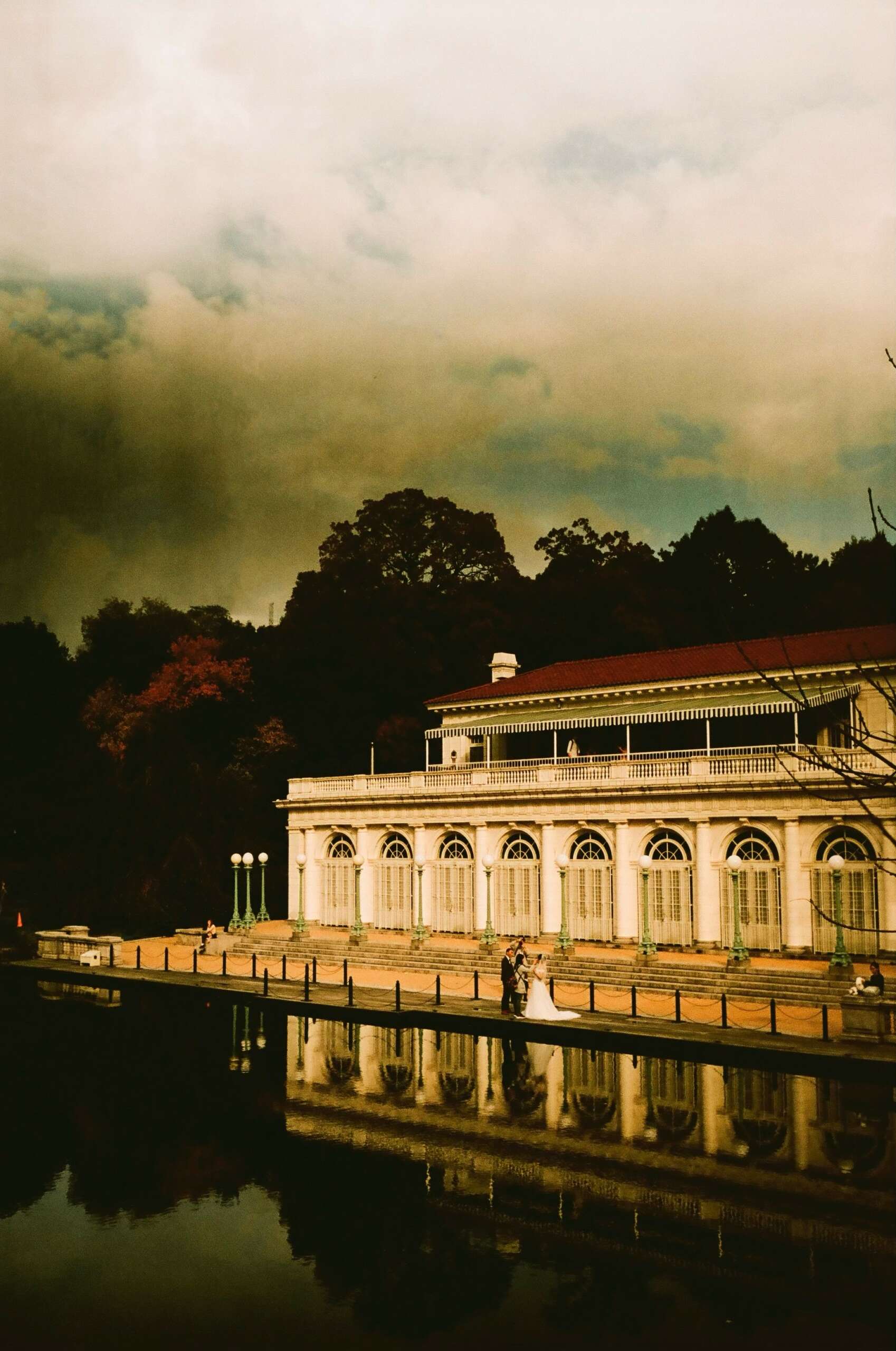
What’s the most rewarding aspect of being a creative in your experience?
Honestly, I think this question answers itself. The best part about working as a creative is that you get paid to be creative. It is thrilling. There are endless challenges and adaptations and unexpected outcomes. No job is the same from one to another. My style is constantly changing. Even with the most drab, boring assignments, photography is still, at its core, an artistic practice. It is up to me to adapt to the situation and make as much out of it as I can. While I obviously value the client greatly, I strive to deliver the best work possible for myself. Because being creative, making art, and being paid to do it, is an immense luxury. Being creative is the reward in itself.
Contact Info:
- Website: milesbitton.com
- Instagram: https://www.instagram.com/milesbittonphoto?utm_source=ig_web_button_share_sheet&igsh=ZDNlZDc0MzIxNw==
- Facebook: https://www.facebook.com/milesbittonphoto
Image Credits
All photos by Miles Bitton


